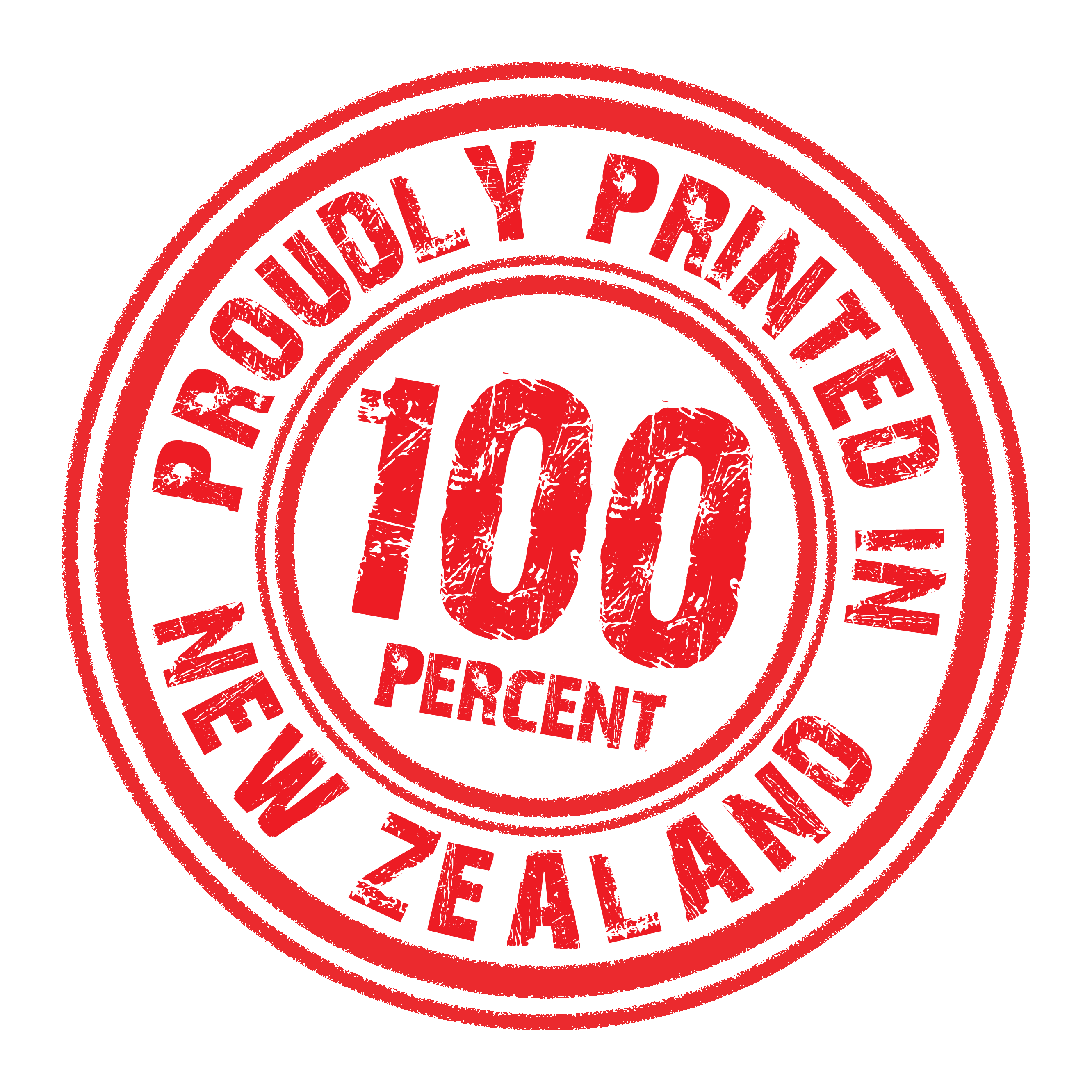ENHANCING PRINT QUALITY AND PROFESSIONALISM
Print bleed is a critical concept in the realm of printing that plays a vital role in achieving high-quality, professional-looking printed materials. Whether you’re designing business cards, flyers, or brochures, understanding and implementing print bleed is essential for producing visually appealing and polished results.
Print bleed refers to the intentional extension of images, graphics, or background colours beyond the final trim size of a printed piece. This technique ensures that even the slightest misalignment or shifting that can occur during the printing and trimming process doesn’t leave white edges or unwanted borders on the final product. Instead, the design elements seamlessly extend to the very edge of the paper, creating a visually pleasing and consistent appearance.
The bleed area typically extends 3mm beyond the final trim size. This allows for a margin of error during printing and cutting, as well as accommodating the variations that might occur due to paper movement or mechanical limitations of the printing equipment.
HOW IT WORKS
Designing with Bleed: When creating your artwork, you extend images, colours, and other design elements beyond the trim line by the specified bleed distance (usually 3mm). This ensures that any small discrepancies during printing won’t result in unwanted white borders.
Printing: The design, along with the extended bleed area, is printed on a larger sheet of paper than the final trim size. This step allows for some flexibility in the alignment and cutting process.
Trimming: After printing, the sheets are trimmed down to their final size. The extended bleed area, which might contain parts of the design that extend beyond the intended trim, is removed during this step.
BENEFITS
Professional Appearance: Bleed creates a polished and refined look for your printed materials, giving them a professional edge.
Prevents White Borders: By accounting for potential shifts during printing and trimming, bleed ensures that no unwanted white borders or gaps appear on the final product.
Design Freedom: Designers have the flexibility to extend elements to the edge, enabling creative freedom without worrying about precision.
Consistency: Bleed guarantees consistency across multiple copies, ensuring that each piece looks identical.
In conclusion, print bleed is a crucial consideration in the design and printing process. It ensures that your printed materials look professional and visually appealing by eliminating the risk of white borders and maintaining design consistency. Incorporating proper bleed in your designs demonstrates attention to detail and a commitment to high-quality printed output.

